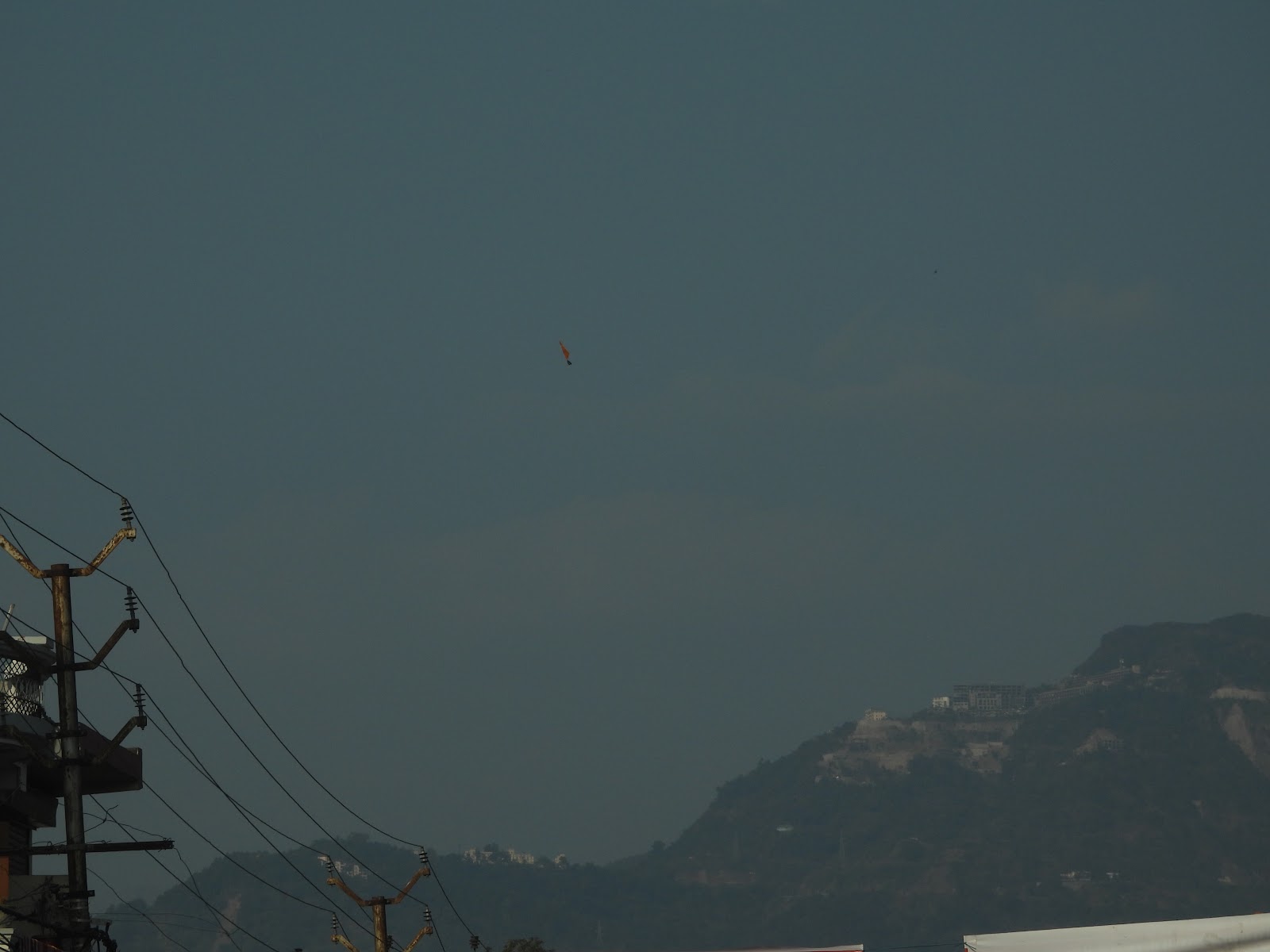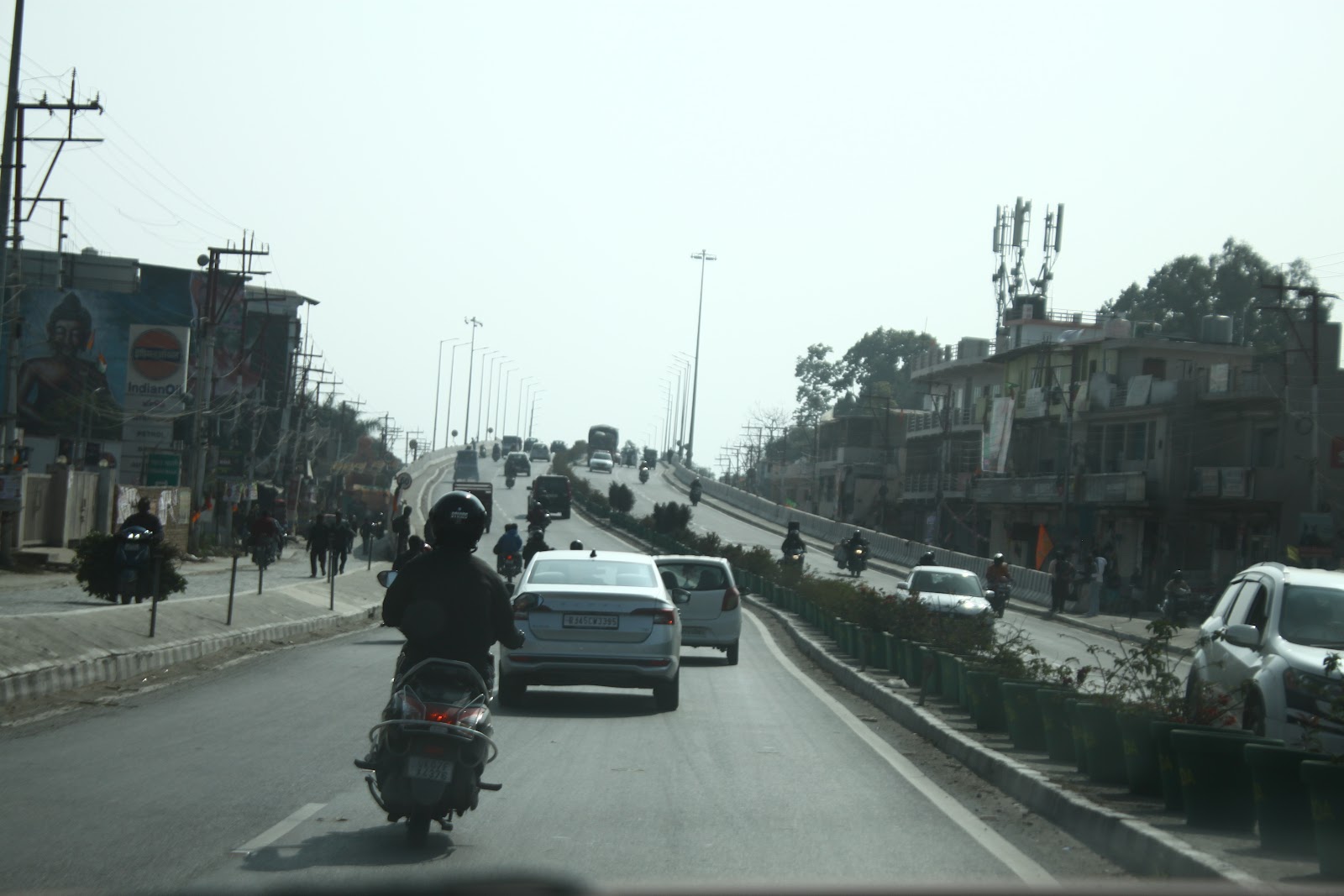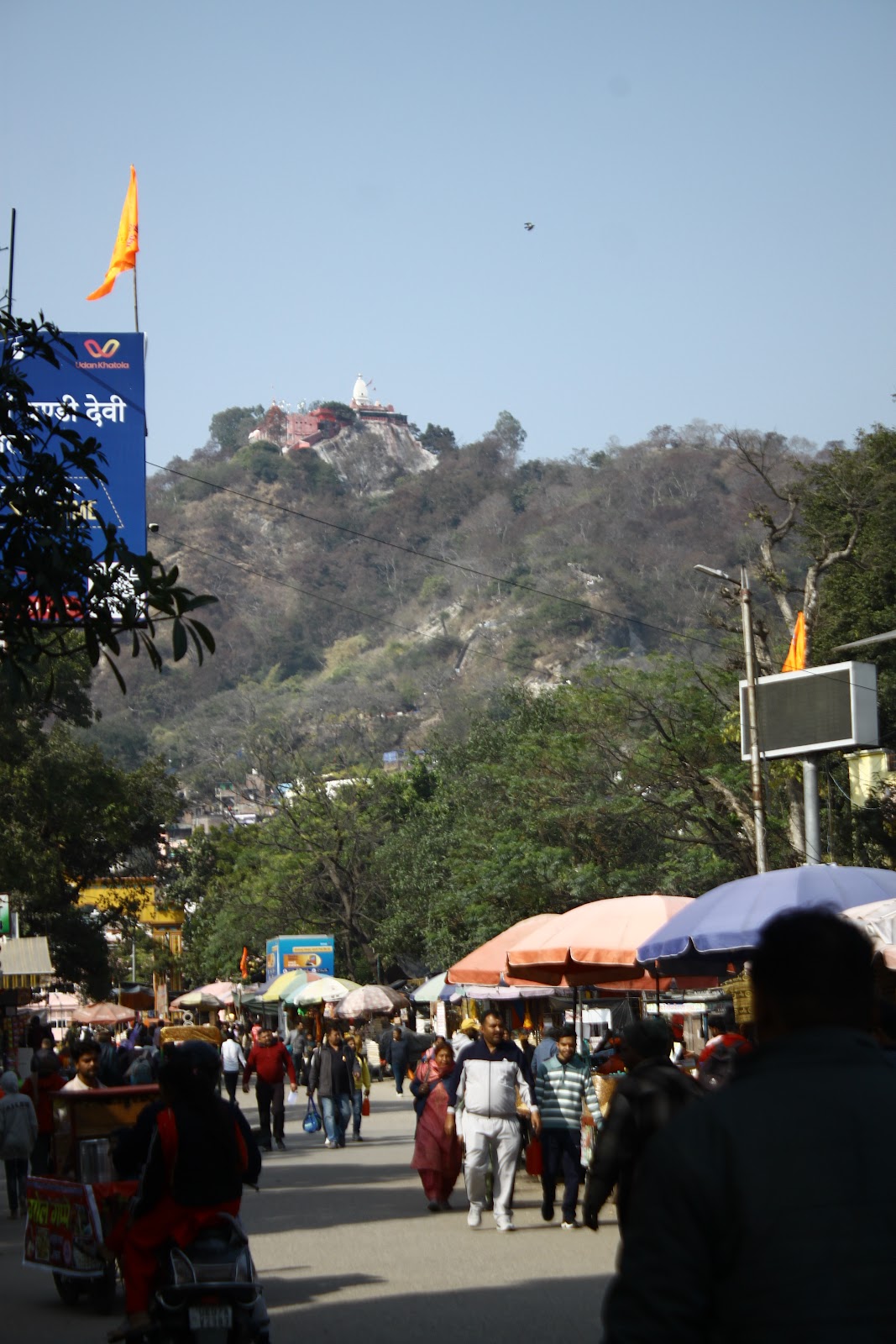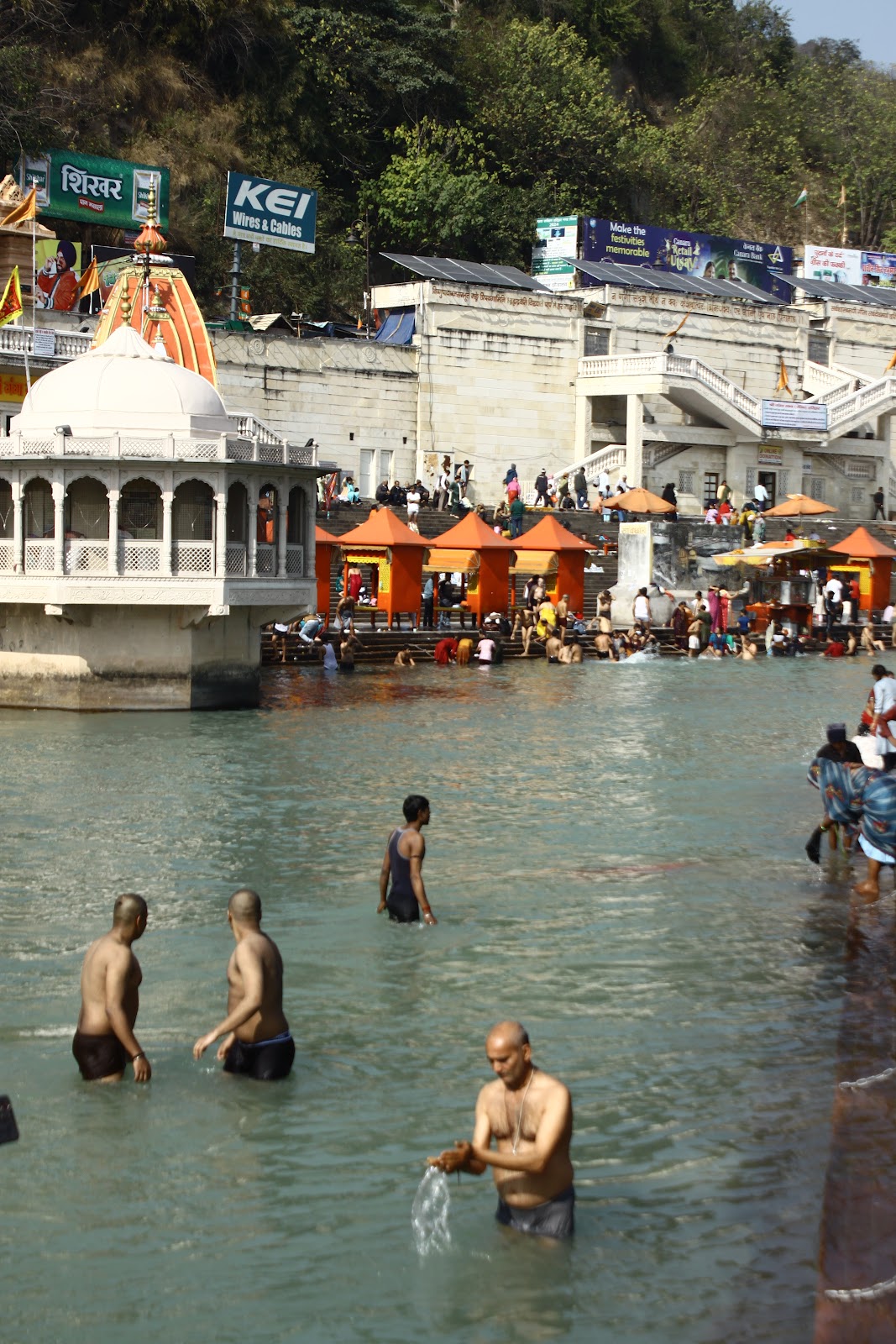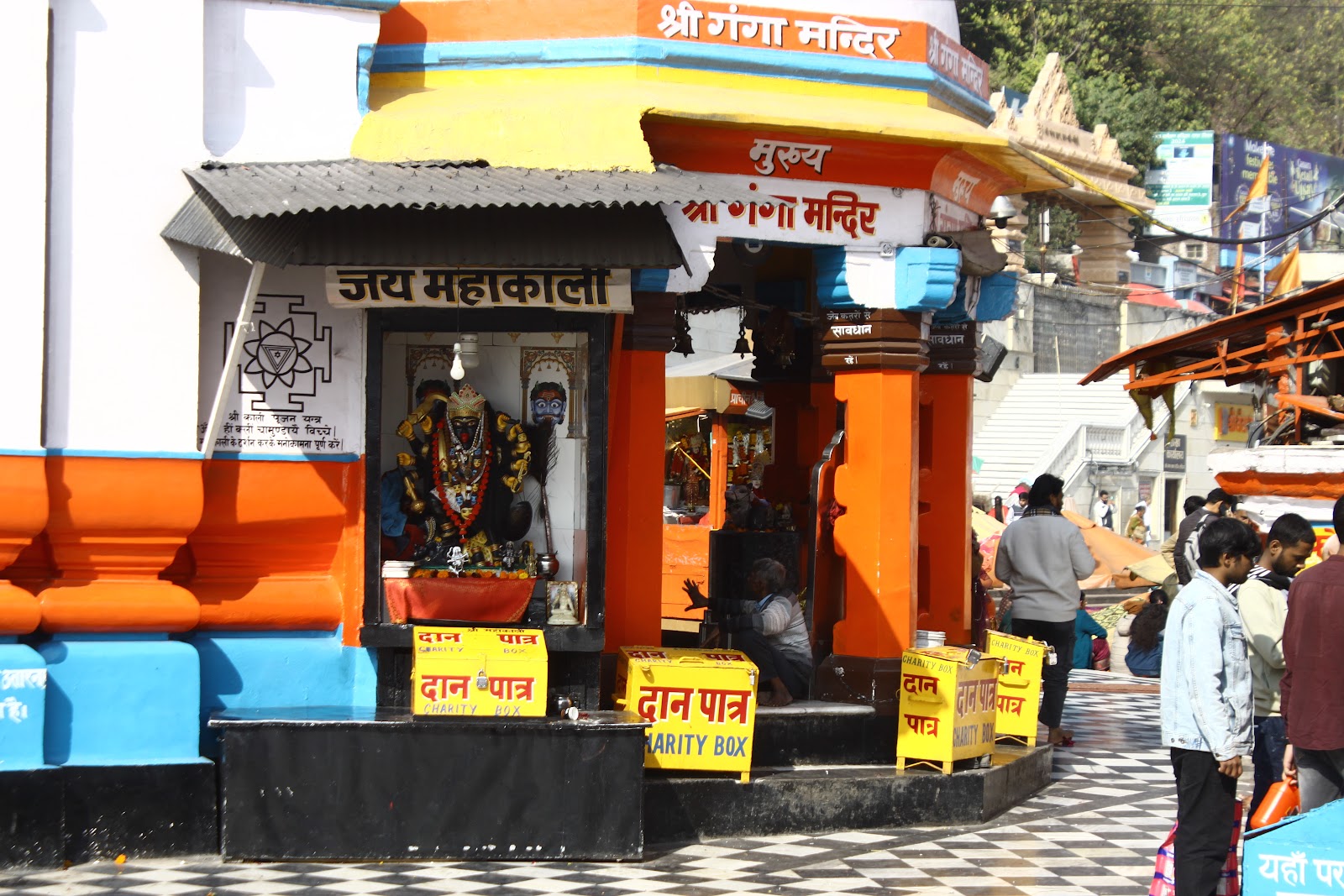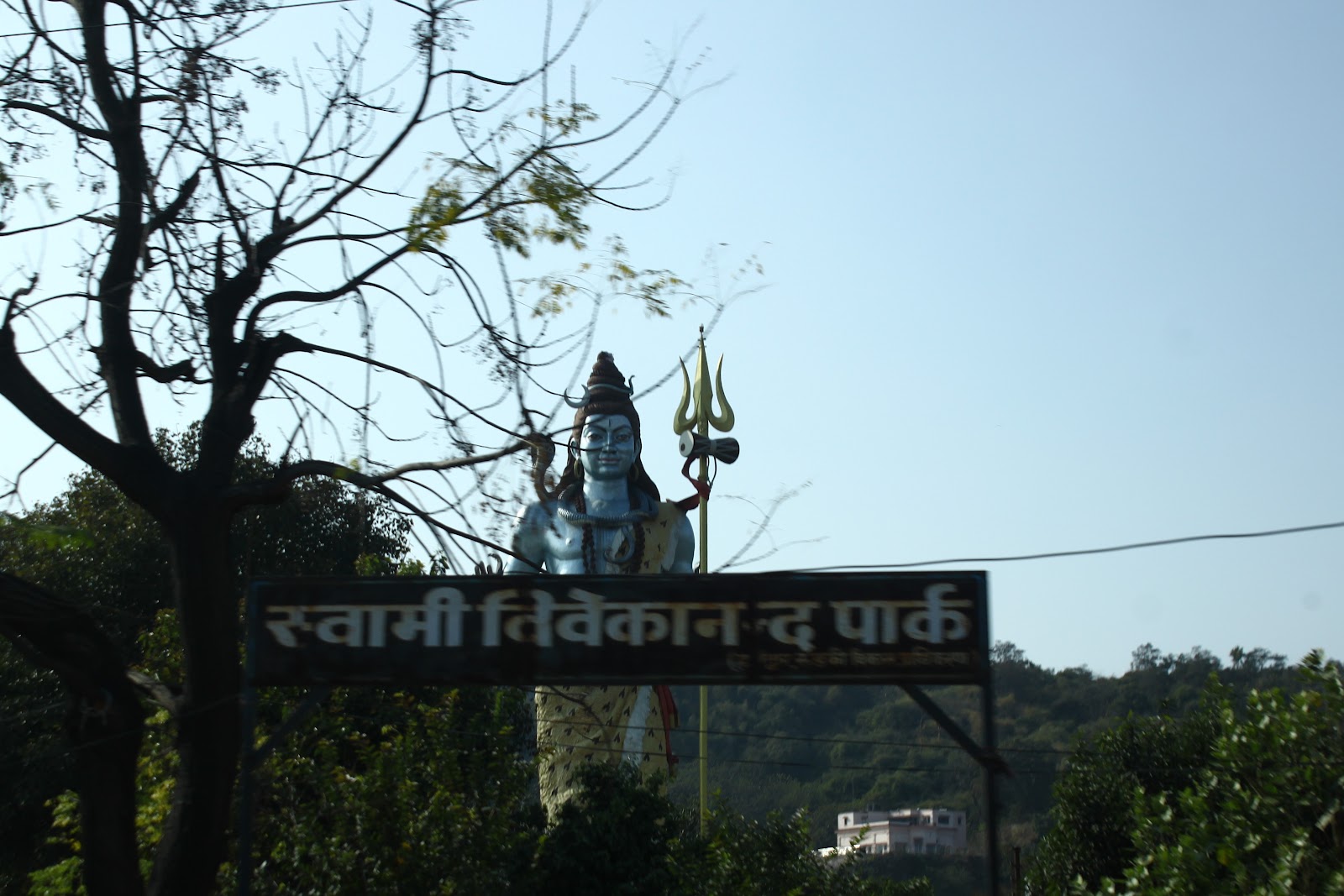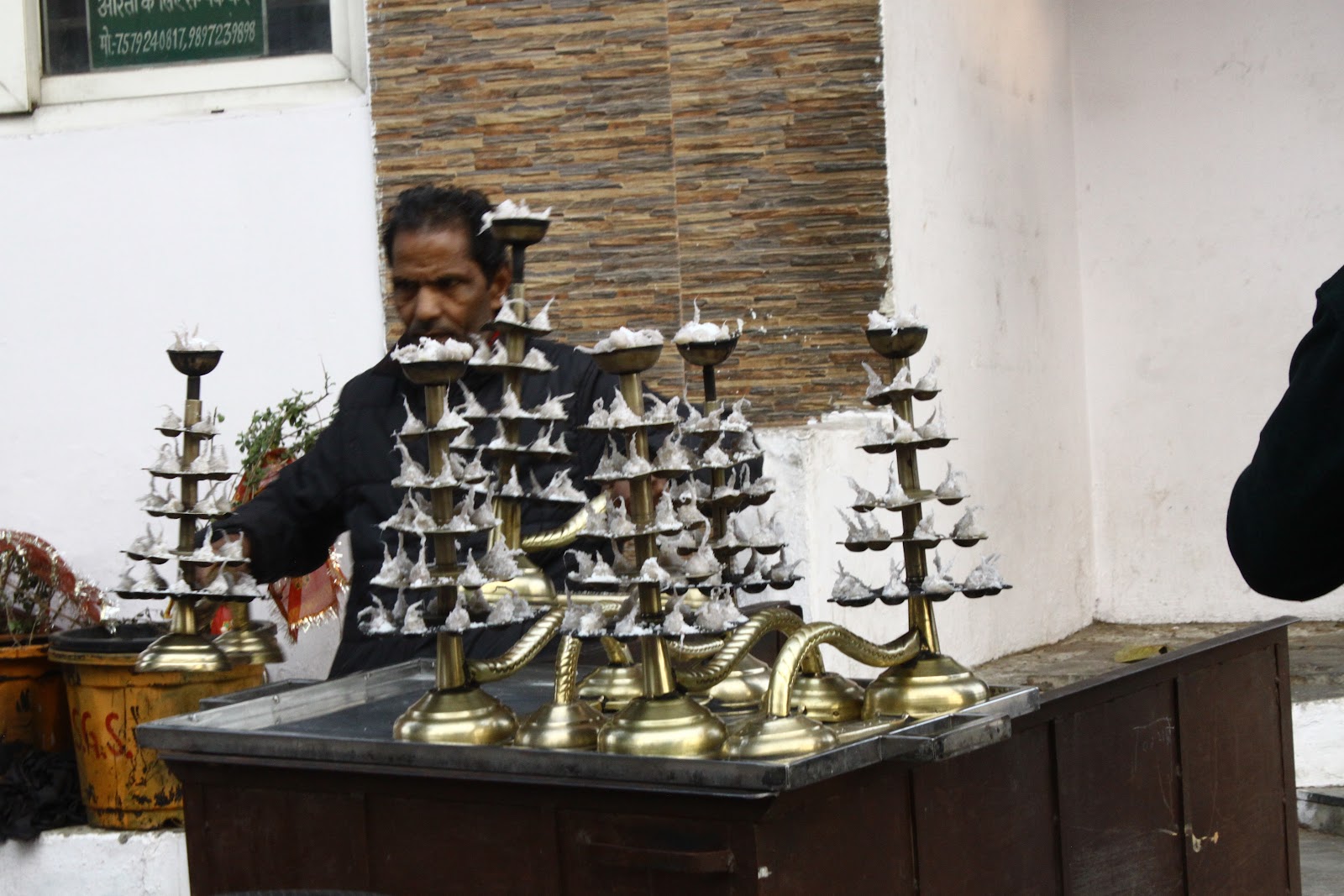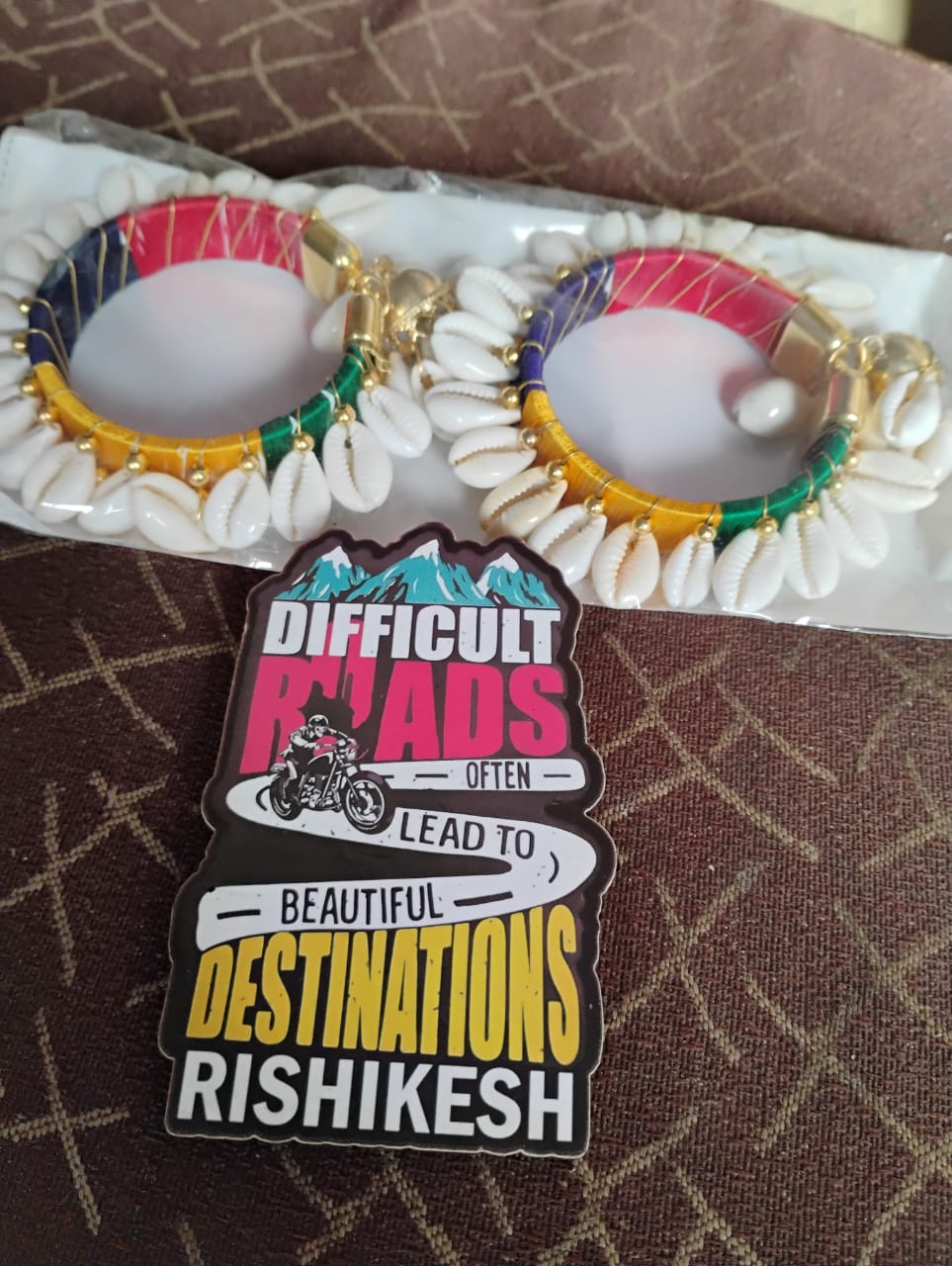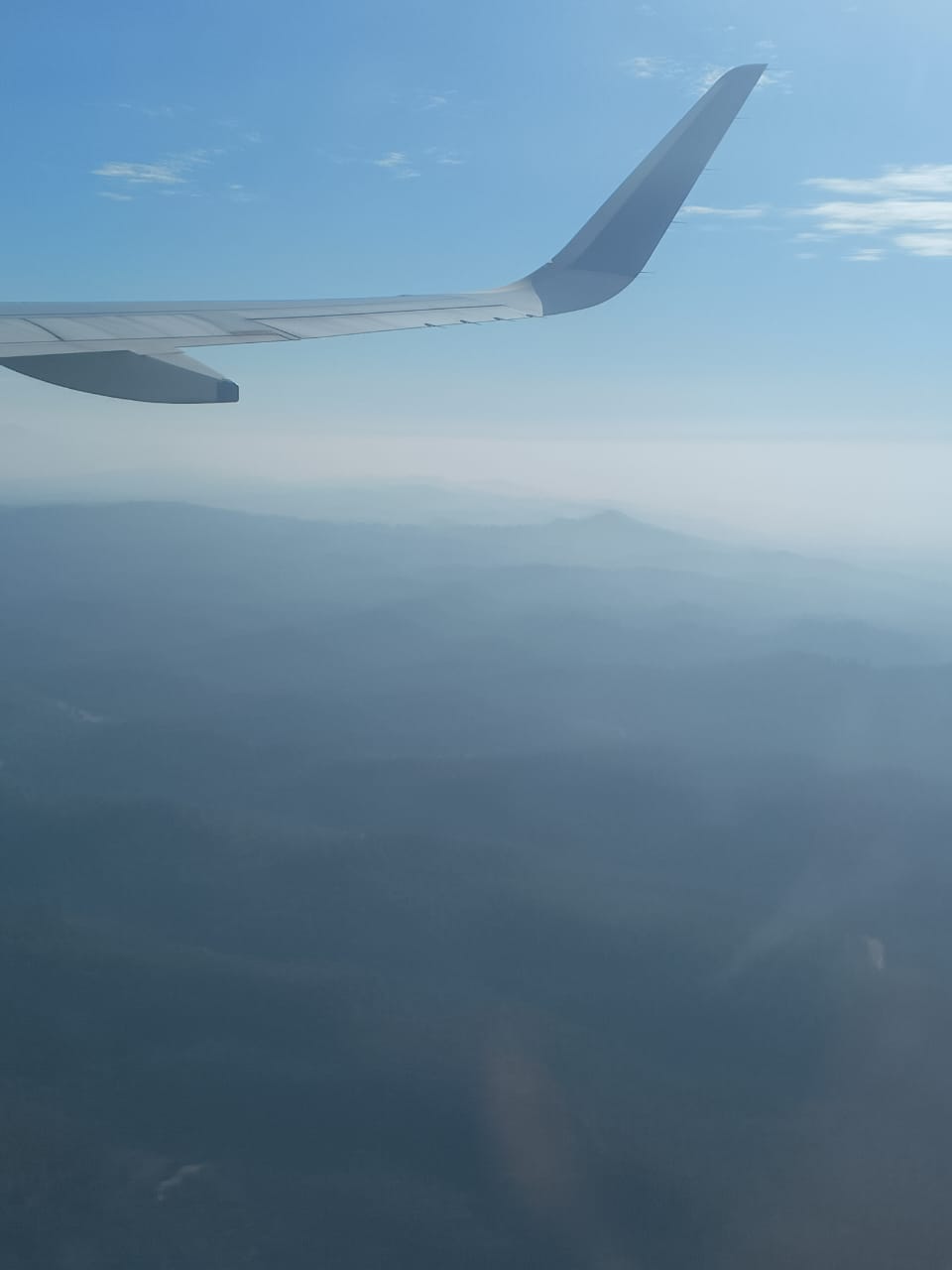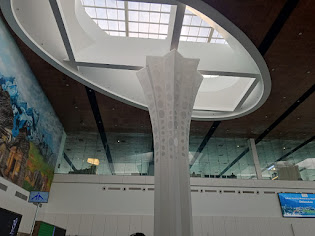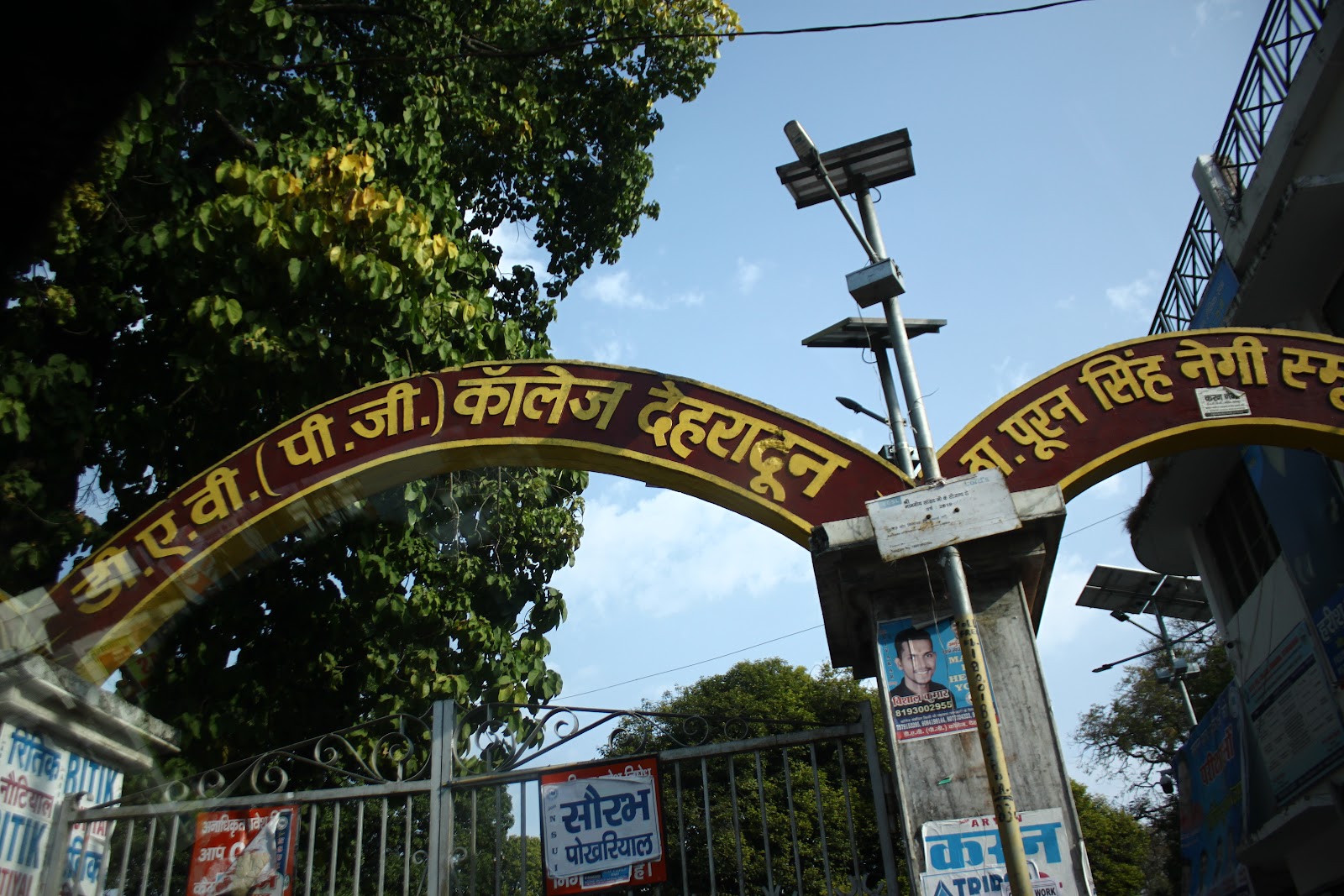Part of the plan for the recent trip “home” was to revisit,
and show the offspring, some of the old, and much visited places around
Dehradun. The list included the usual suspects, of course, Haridwar, Rishikesh, and Mussoorie. I would have also liked to have included Rampur Mandi, but
time constraints made it pretty certain that we would not be able to fit that
in. ordinarily, six days would have been plenty, but since we were there for a
particular event, two whole days were already spoken for, making the rest of
the trip a little bit rushed.
Still, off we set on the 23rd, to do a quick recce of Haridwar and Hrishikesh, to show the offspring the sights, to refresh our own memories, and sort of draw a metal “then and now” picture of these once regular haunts. First stop Haridwar! The way to get there is unrecognizable, if the last time you have been this way, like me, is some 30 years ago. It is all six-lane highways and spanking new hotels, not to mention huge ashrams and temples all along the way. The narrow state roads and roadside shacks of my childhood are long gone. Add to this the arrangements for Kumbh Mela dips, and it was a whole other planet.
Between the flyovers and the changes in the landscape, I was totally disoriented even up to the time we actually parked the car. Nothing looked familiar, we hadn’t driven through or didn’t seem about to walk/rickshaw through the city, and none of the crowds and dirt and dinghiness I remembered was anywhere to be seen. It was all open grounds, wide roads, and comparatively well behaved tourists (compared to what I remember). The rickshaws, though brand new in design and totally different from the ones from my childhood, are probably even MORE uncomfortable than the ones I remember, and incredibly difficult to get in and out of, especially if you have – as I usually do – 2 huge cameras and a saddlebag/jhola hanging off various bits of you.
It is only when we get to the actual Har Ki Pauri with its old
as sin bridges and the iconic clock tower that anything seems remotely
familiar. The core area – maybe one square mile – has not changed in the
slightest. Well, maybe it is cleaner than it used to be, but that’s all. Beyond
that is a huge “bow” bridge spanning the Ganga, a gigantic Shiv idol in the
background, the hotels and temples that cheek-by-jowl rise level on level above
the Pauri, all new to me. The most noticeable change, however, is the
cleanliness, and the much more organized flow of devotees and tourists. Whether
this is a general state of things, or a function of the sparseness of the crowd
because of the main body of devotees being diverted to the ongoing maha kumbh
at Prayag, I cannot say, but the change is welcome.
Time being as limited as it was, we take a quick walk around, with a short hiatus for Bhabhi to get a dip in, while I get some touristy, and not so touristy shots, and off we go! Next stop – lunch. This is something other doonites will have to tell me about, whether this is a change or not. When we lived there, we were fairly cash strapped, so, apart from the annual celebratory anniversary lunches and dinners at The Moti Mahal or Kwality’s, eating out wasn’t much of a thing. And my previous trips to these destinations was long enough ago that all I really remember of food stops are the Dada Boudi hotels which served Bengali fare in Haridwar. So, this phenomenon where an overwhelming 99% of eateries are so proudly “pure veg” is something I am not sure is entirely new. Speculation says the percentages have probably increased exponentially since state formation and the Dev Bhoomi tag, but I cannot state it as a fact.
Post lunch we drive to Rishikesh. I’ve been telling monkey
about the lachhman Jhoola, the views, and the super aggressive monkeys for
years. I have been also looking forward to the possible shots I could take,
from the middle of the Jhoola, of the gorge upriver and downriver, of the narrow
and incredibly fast flowing Ganga, so different from the silt laden, lazy
Hooghly that is so familiar. However, big disappointment awaits. After negotiating
traffic jams, past thousands of touristy
“yoga” places, and white people dressed in designer rags in search of
enlightenment, we finally park the car and walk up to the Lachhman Jhoola only
to find it closed because some massive construction project is going on,
building a – much higher and seemingly impossible to climb – Jhoola right next
to the iconic one from my childhood.

